Like many large cities with storied histories, London has countless museums. Visiting all of them, even having a month in which to accomplish this, can be daunting. Never-the-less, we have done our best to take in as many as we could. Presented below are some of the museums we have already visited:
"Victoria and Albert Museum" - this is the world's largest museum of "...decorative arts and design" with over 4.5 million items. Its origins follow the Great Exhibition of 1851 and was initially to be called "The Museum of Manufactures." However, in 1899 its name was officially changed to "The Victoria and Albert Museum." Situated on 12.5 acres of land in South Kennsington, its 145 galleries exhibit 5000 years of art. During World War II, most of the collections were secreted away to quarries and tunnels for protection and the galleries were used as evacuation sites.
"Natural History Museum" - containing 80 million items within five main collections (i.e. Botony, entomology, mineralogy, paleontology, and zoology), it is a world-renowned center of research, identification, and conservation. Among its collections are items gathered by Charles Darwin. The original structure was opened in 1881 and has continued to expand ever since.
"Science and Technology Museum" - This museum was founded in 1857 from the collections of the Royal Society of Arts. The present quarters were opened in stages between 1919 and 1928. Over 300,000 items make up the collection, which include the "Puffing Belly" ( the oldest surviving steam locomotive), the first jet engine, as well as hundreds of interactive exhibits.
"The Guards Museum" - This military museum is situated next to the Wellington Barracks near Buckingham Palace. It is home to the seven regiments of "The Foot Guards (Grenadiers, Coldstream, Scots, Irish, Welsh, The Life Guards, and the Royals and the Blues). Opened in 1988, it depicts the history of these regiments from the 17th century until today. It also depicts the evolving dress of the regiments over time as they performed their necessary ceremonial and combat duties. The Guards have fought in almost all the major campaigns in which the British Army has been involved.
"Household Cavalry Museum" - Queen Elizabeth II's Life Guards are taken from the Household Cavalry Mounted Regiment. The first Horse Guards building was constructed here in 1664. It was demolished in 1749 and replaced with the current building. Originally serving as the offices of the Commander-in-Chief of the Forces, in 1904 it was transformed into the headquarters for two major army commands - Ghe London District and The Household Cavalry. The official museum of the Household Cavalry is located on this site. Here, the training and history of the regiment, including ceremonial and combat functions, are depicted.
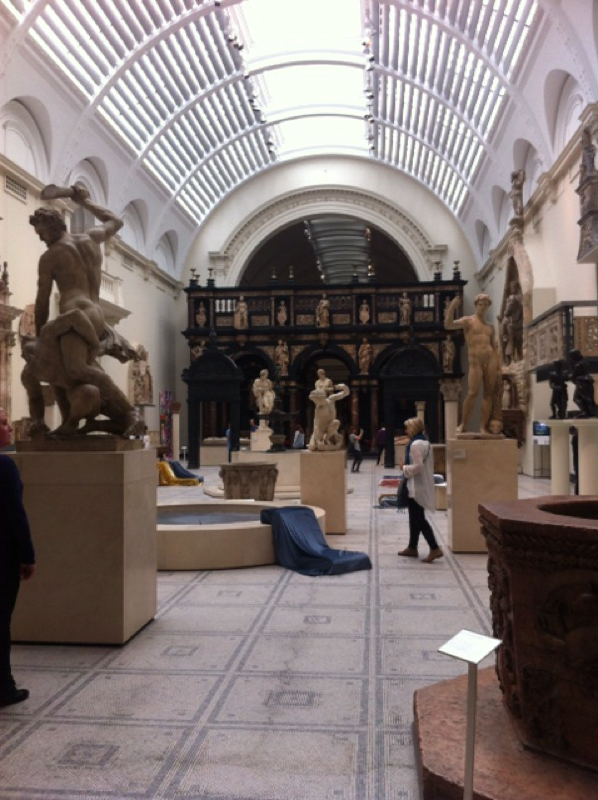
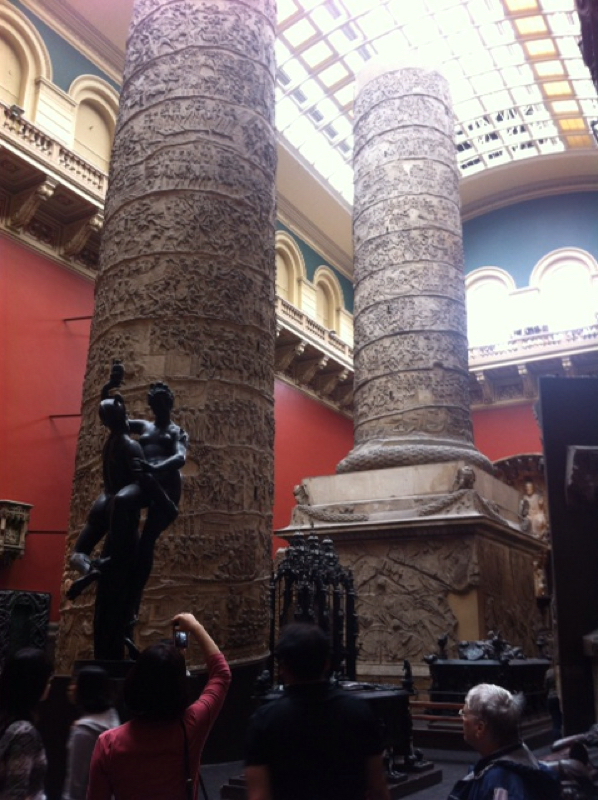
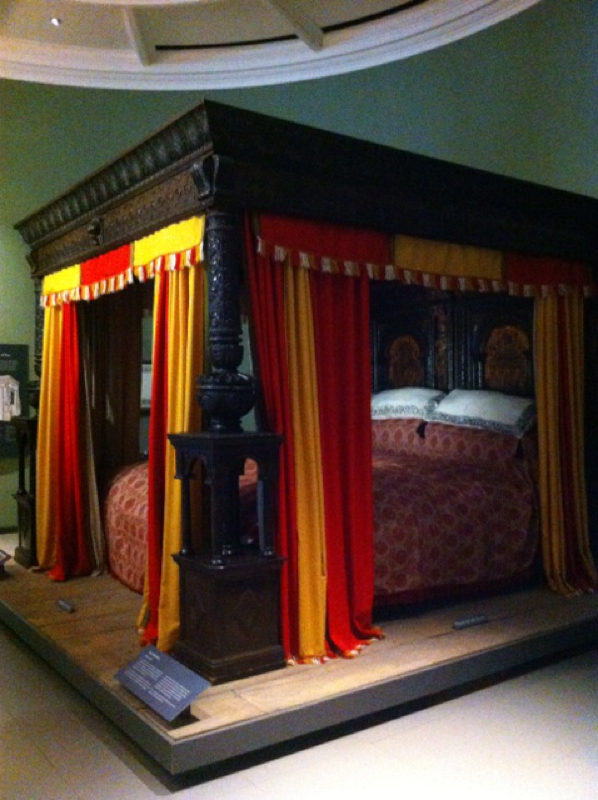
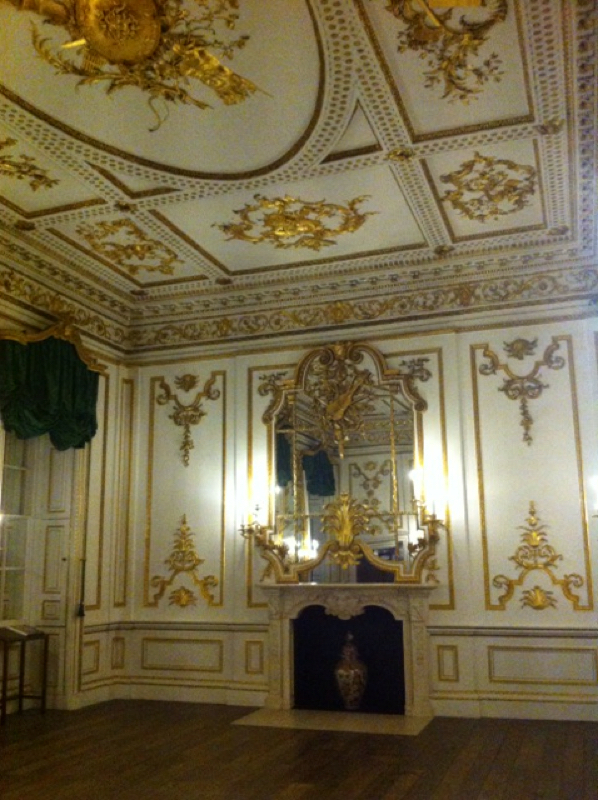
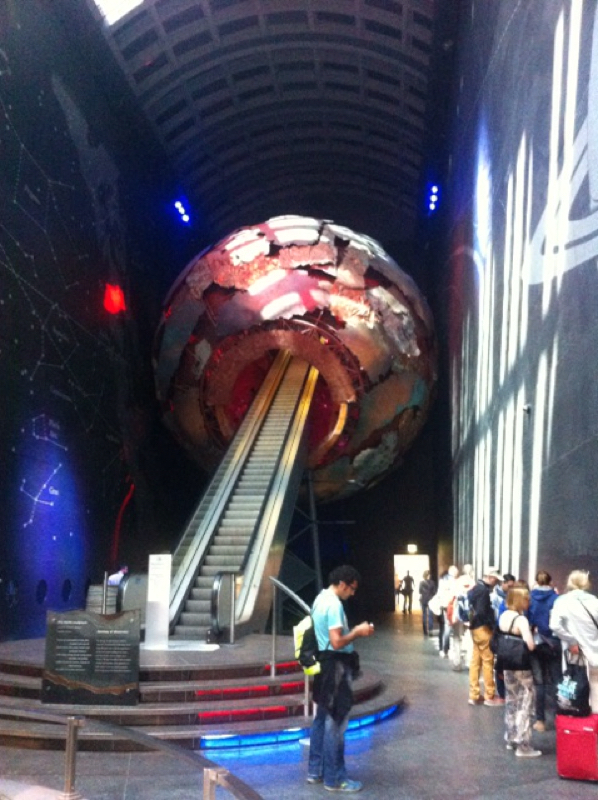
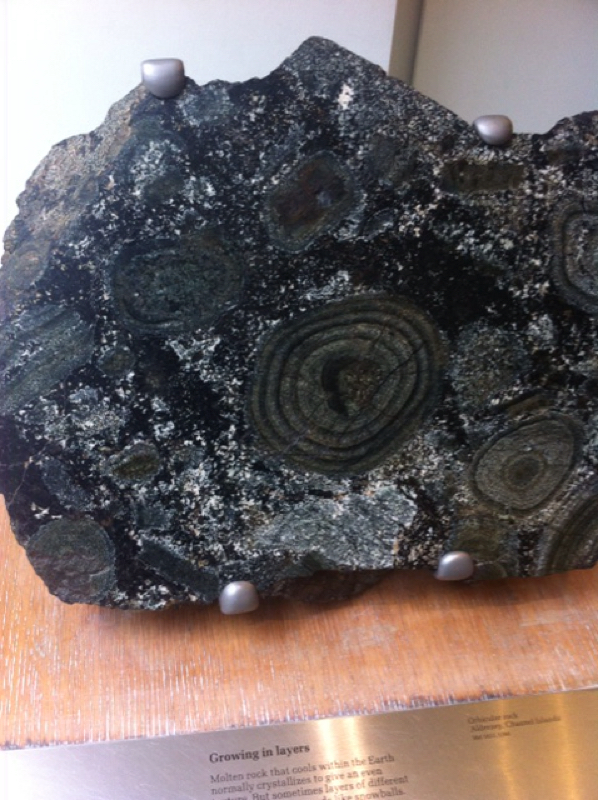
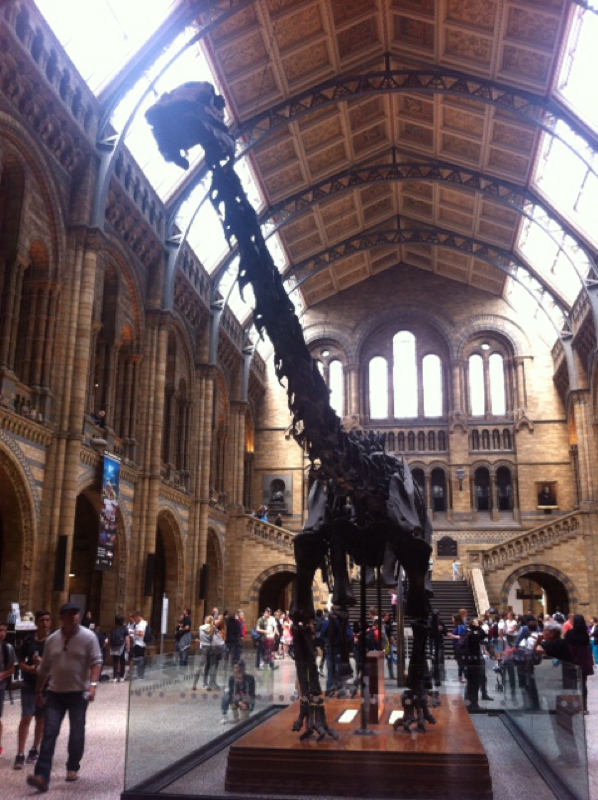
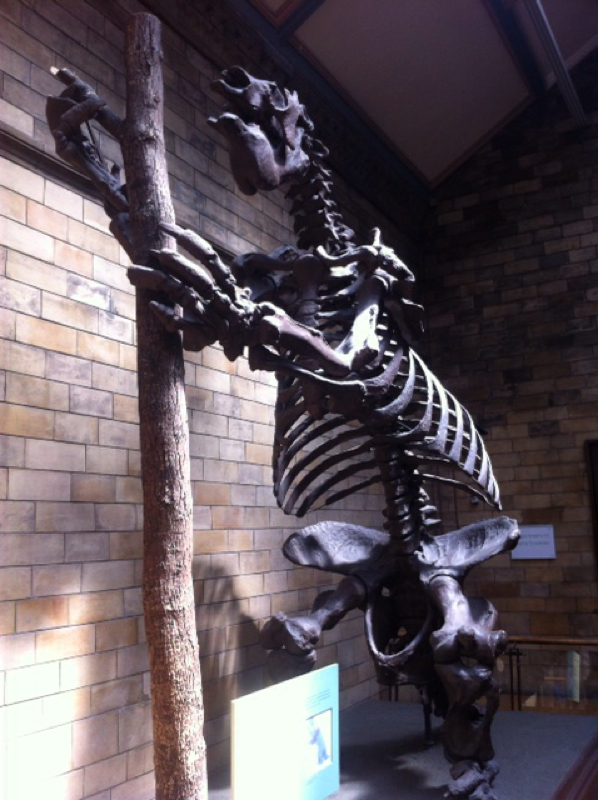
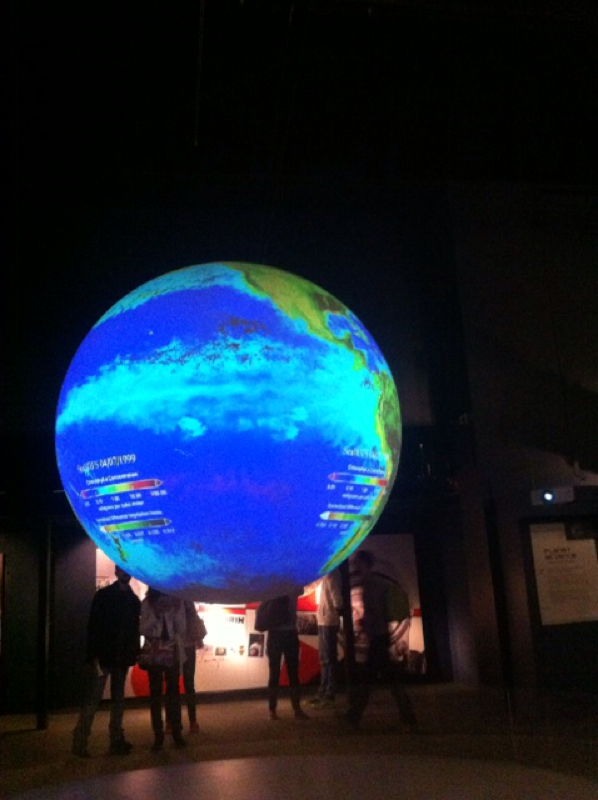
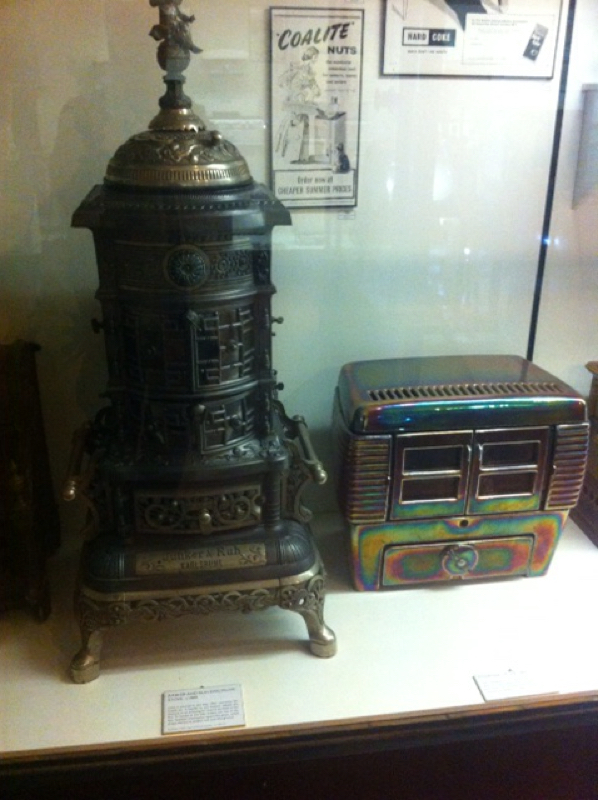
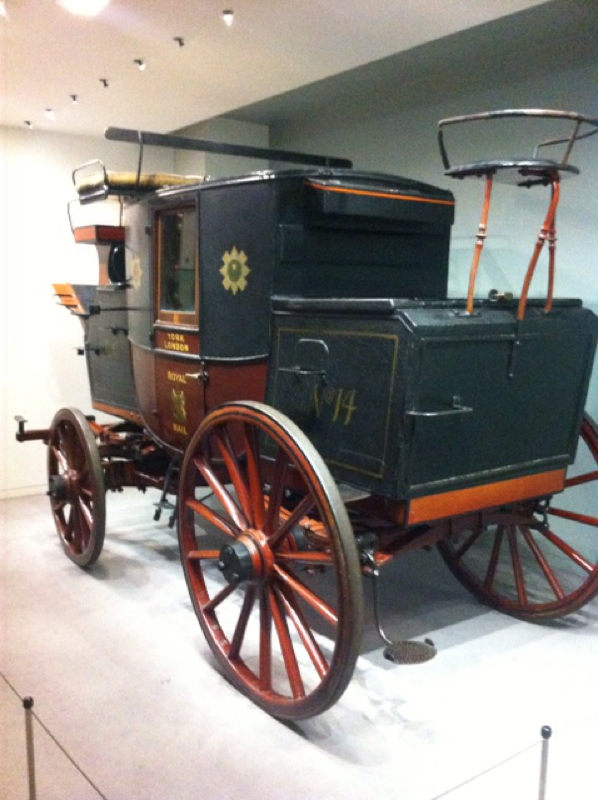
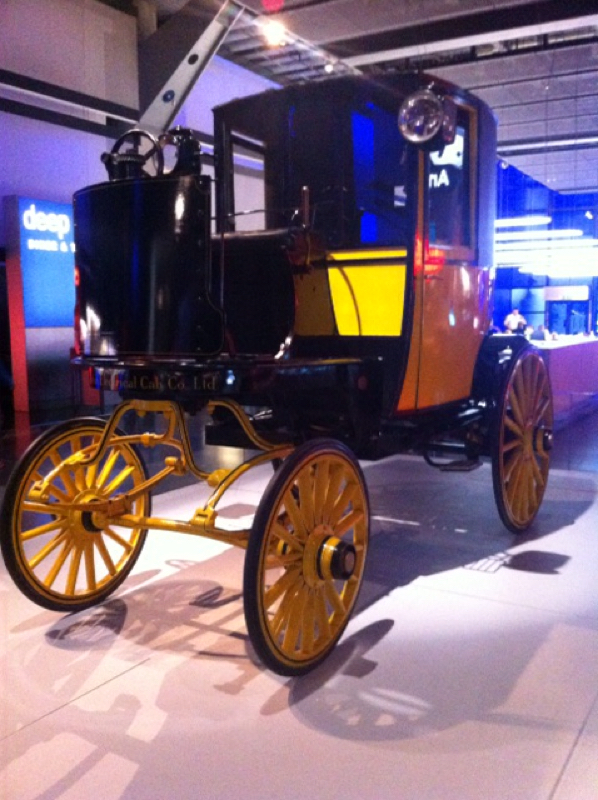
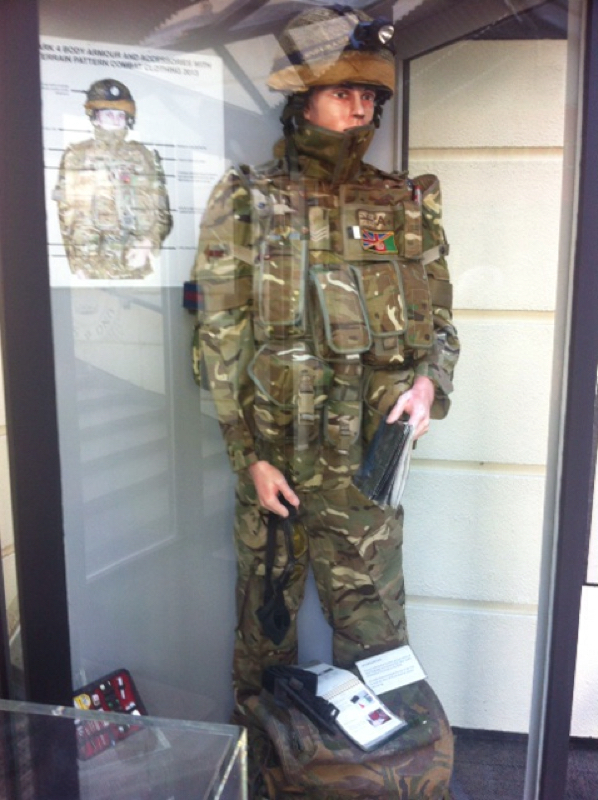
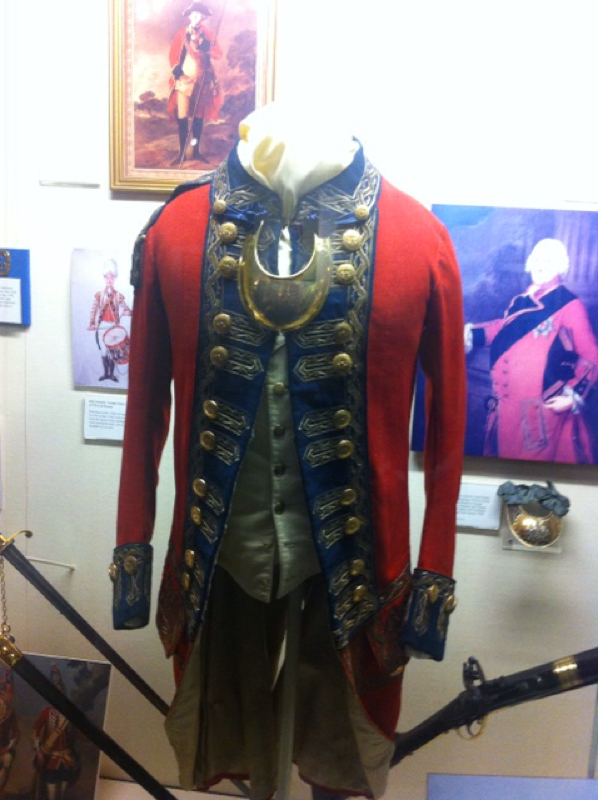
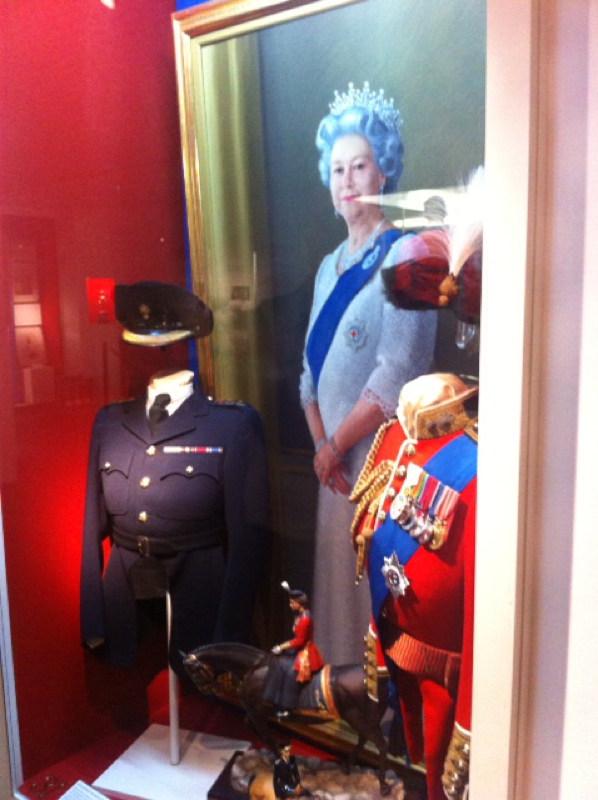
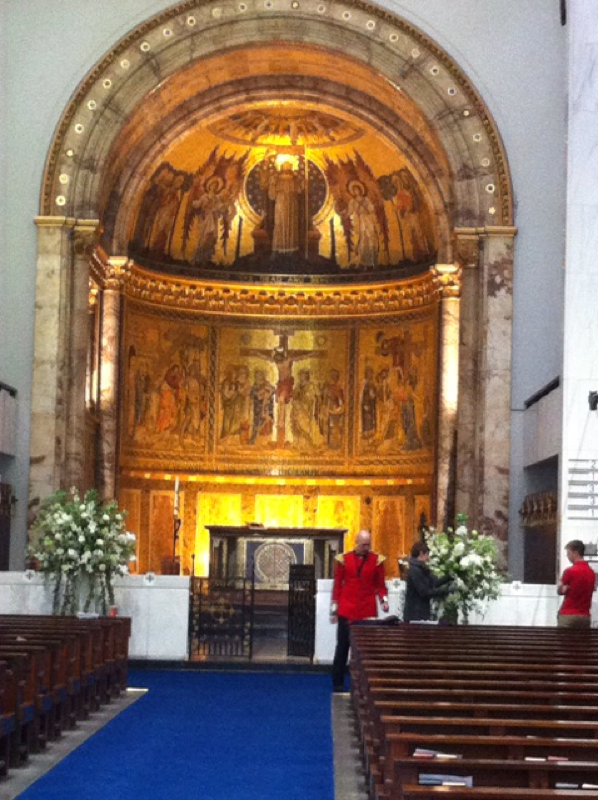
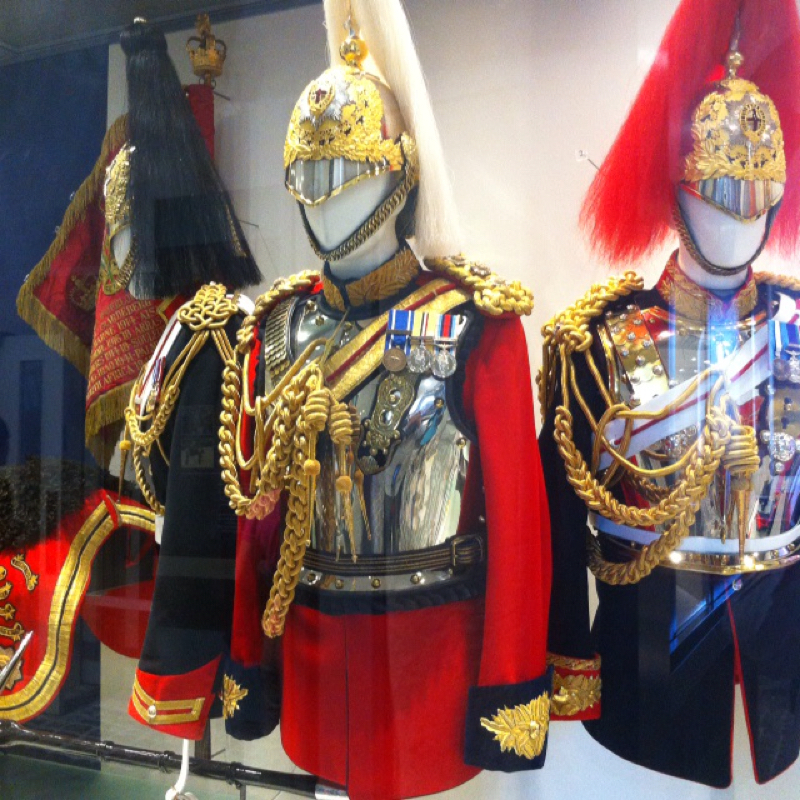
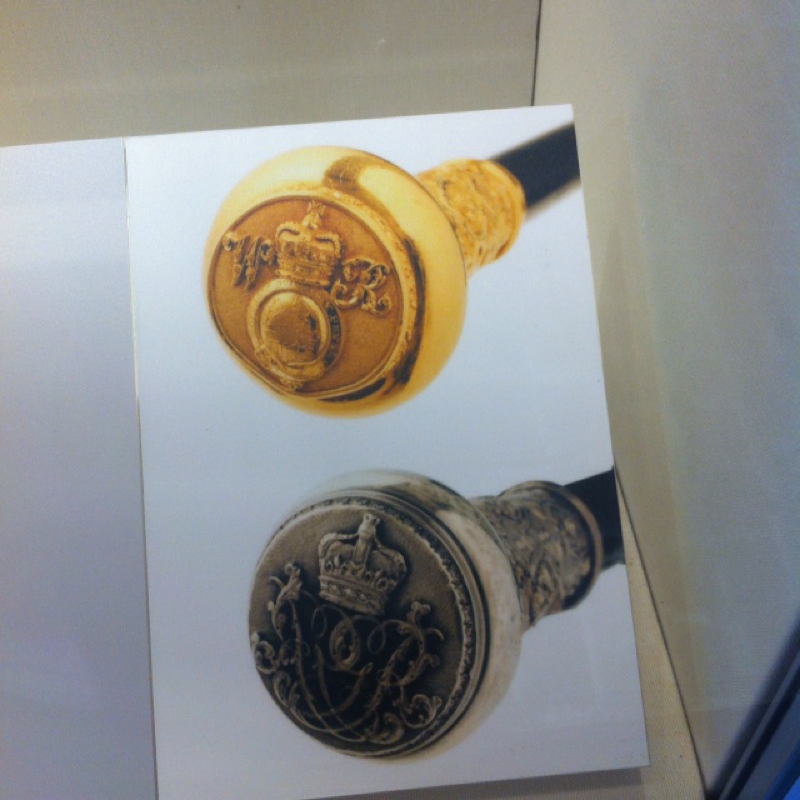
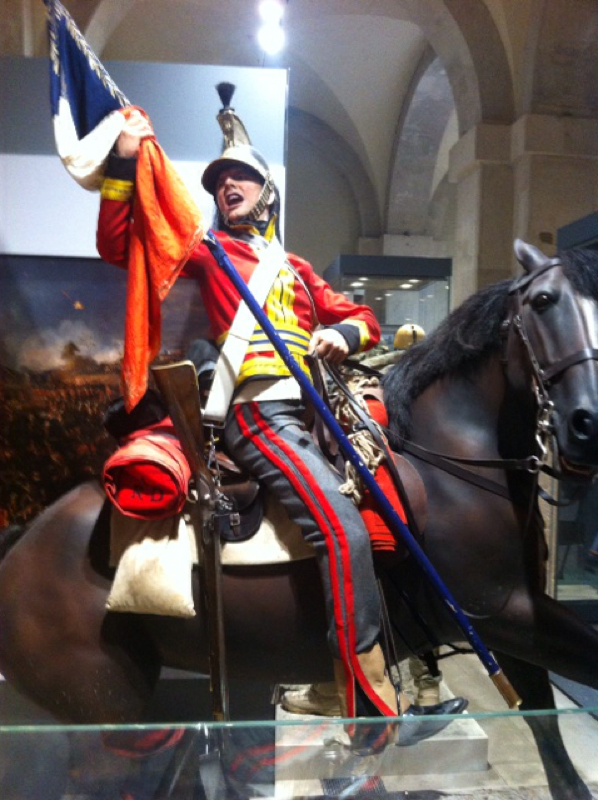
 RSS Feed
RSS Feed
